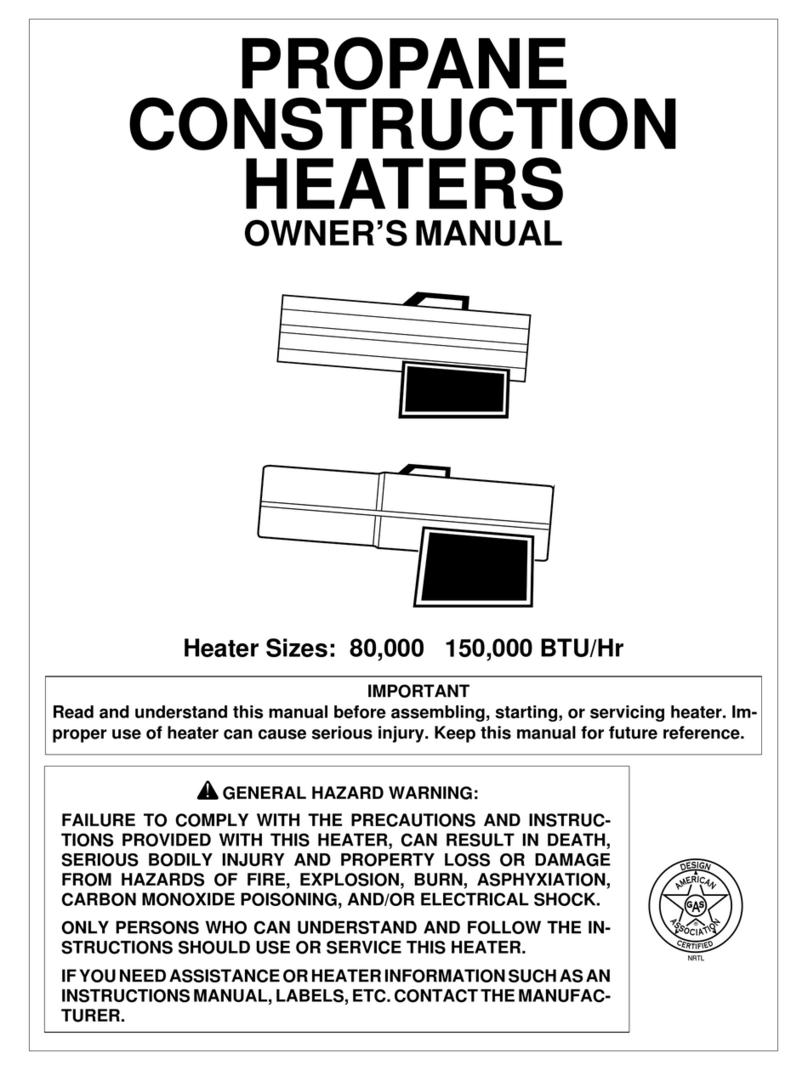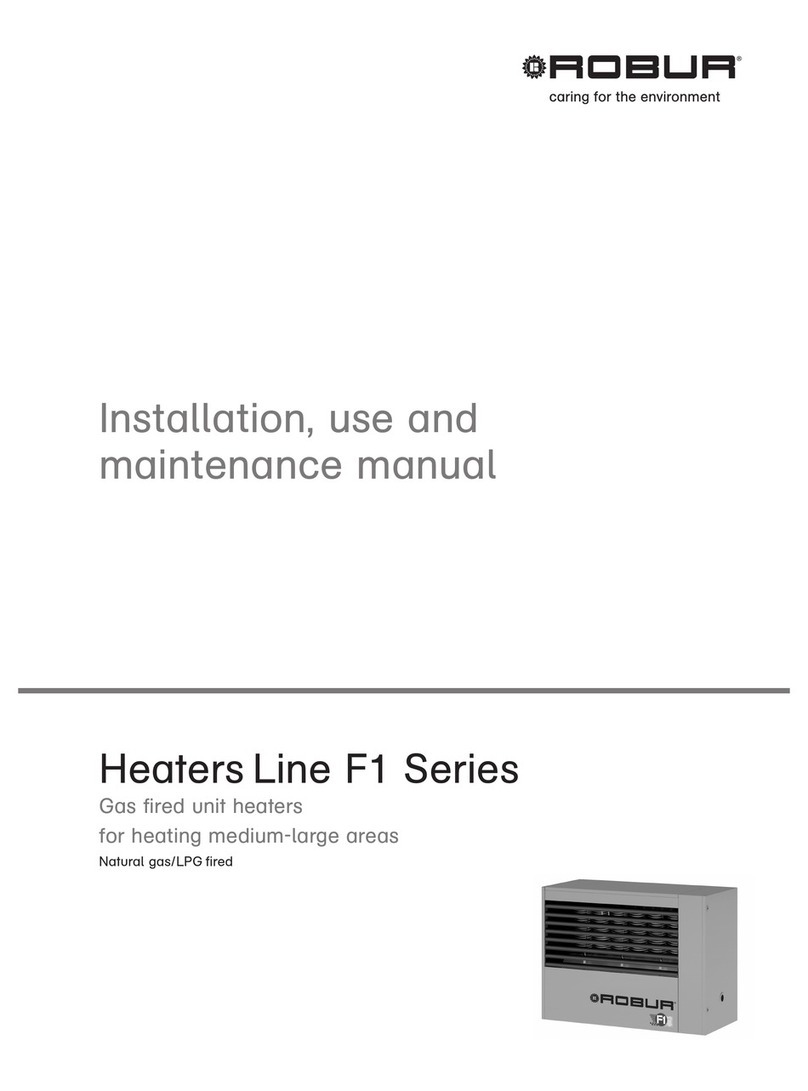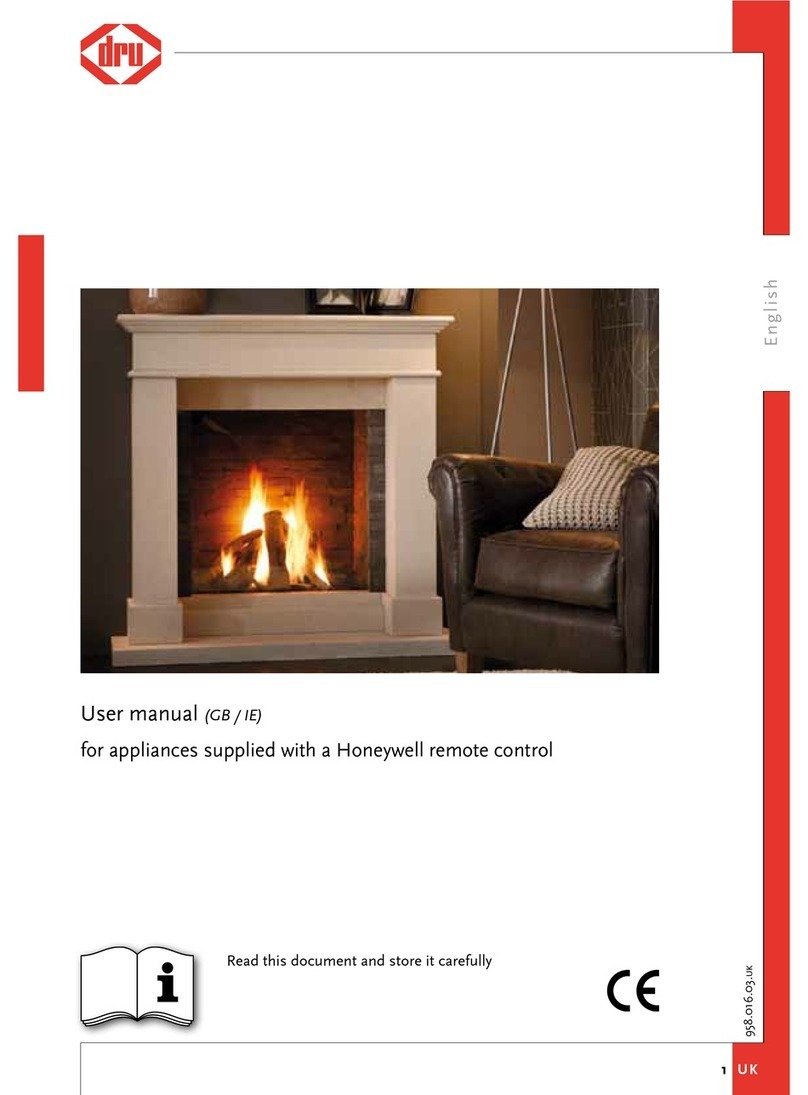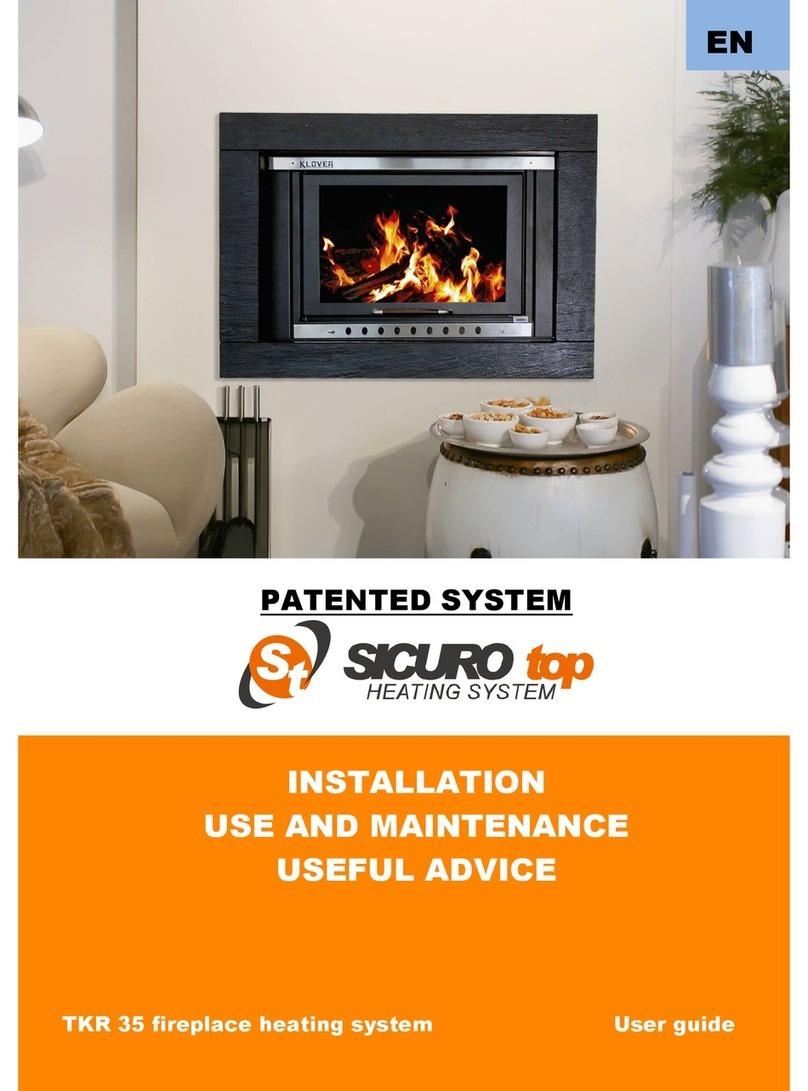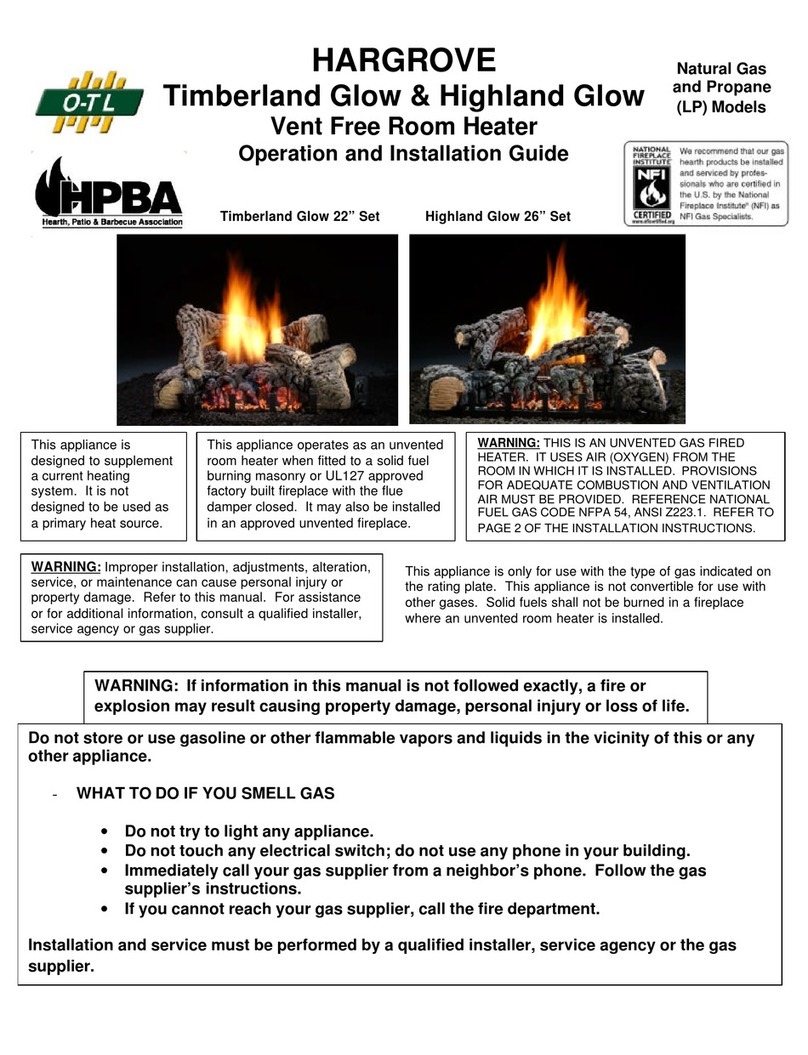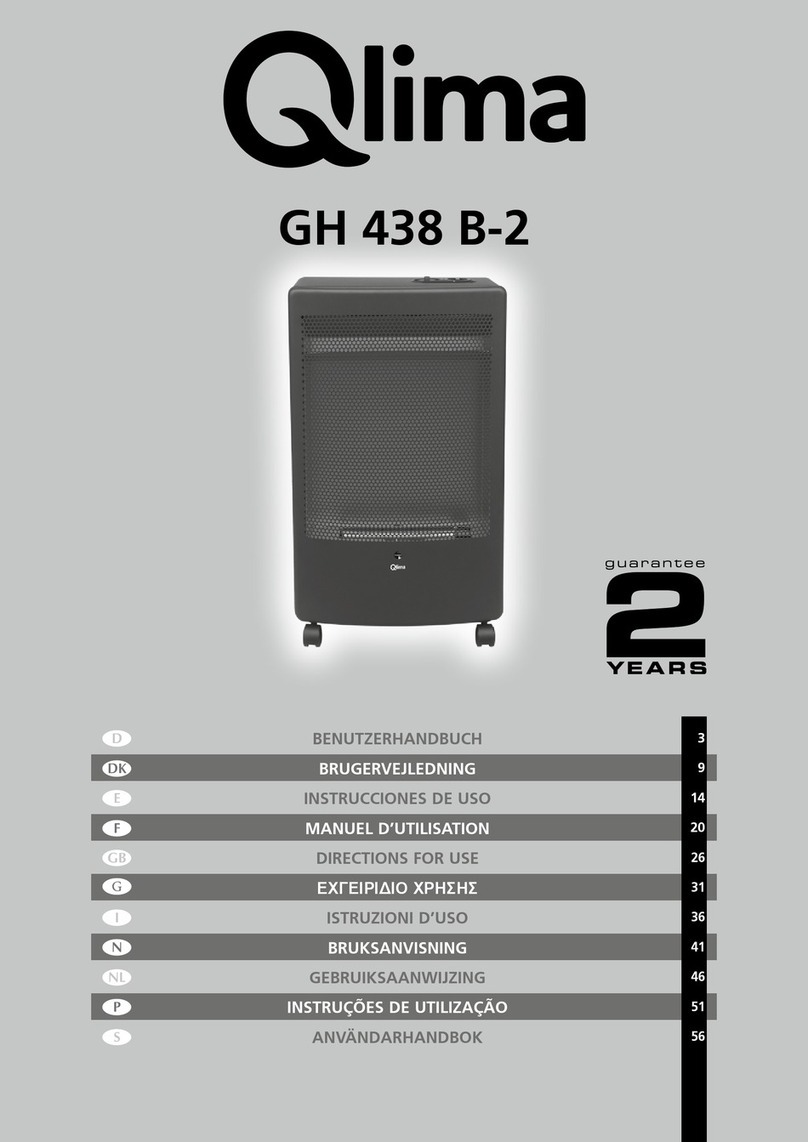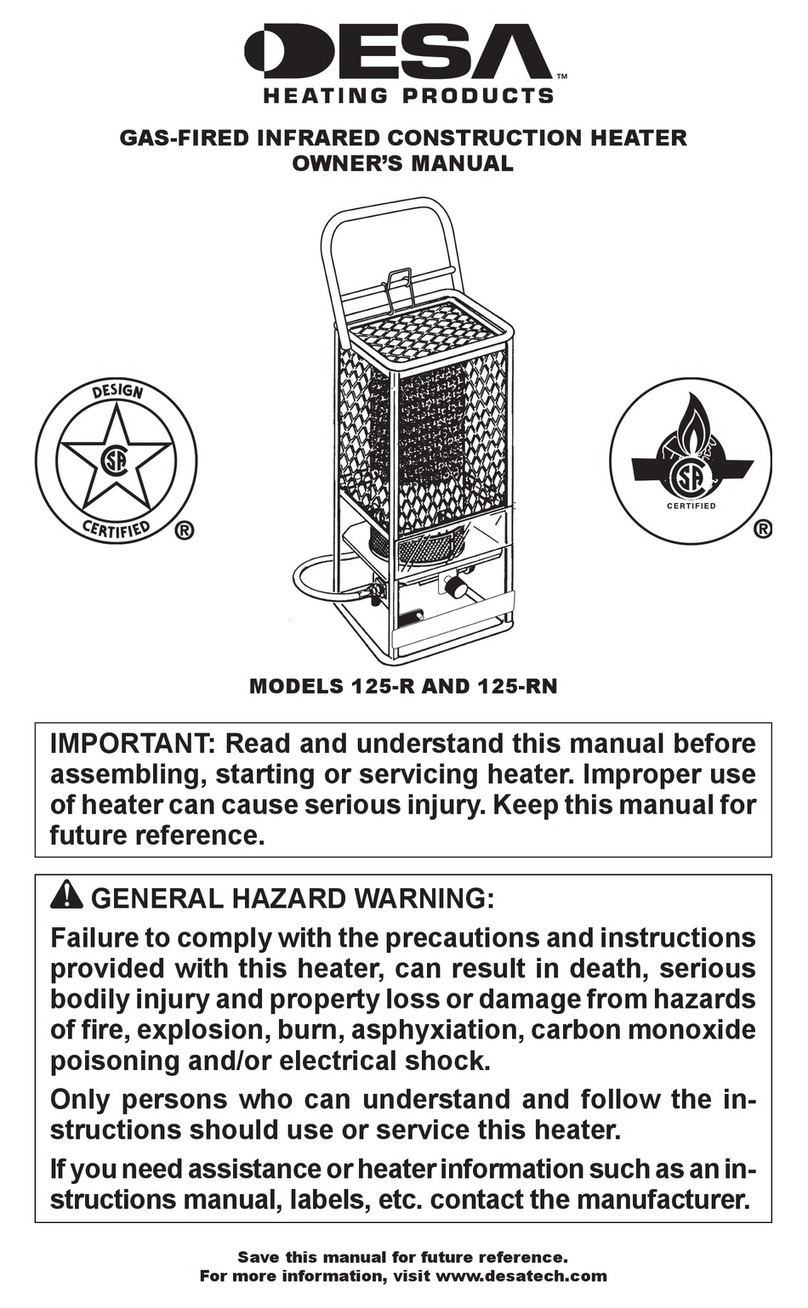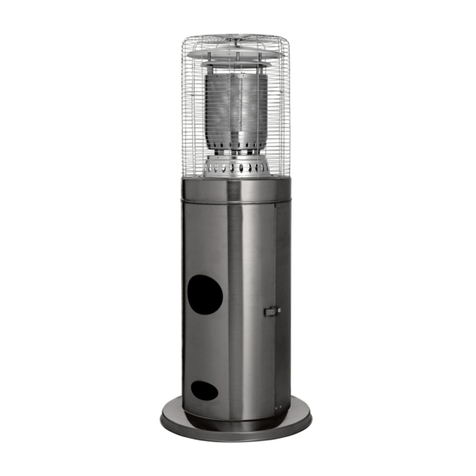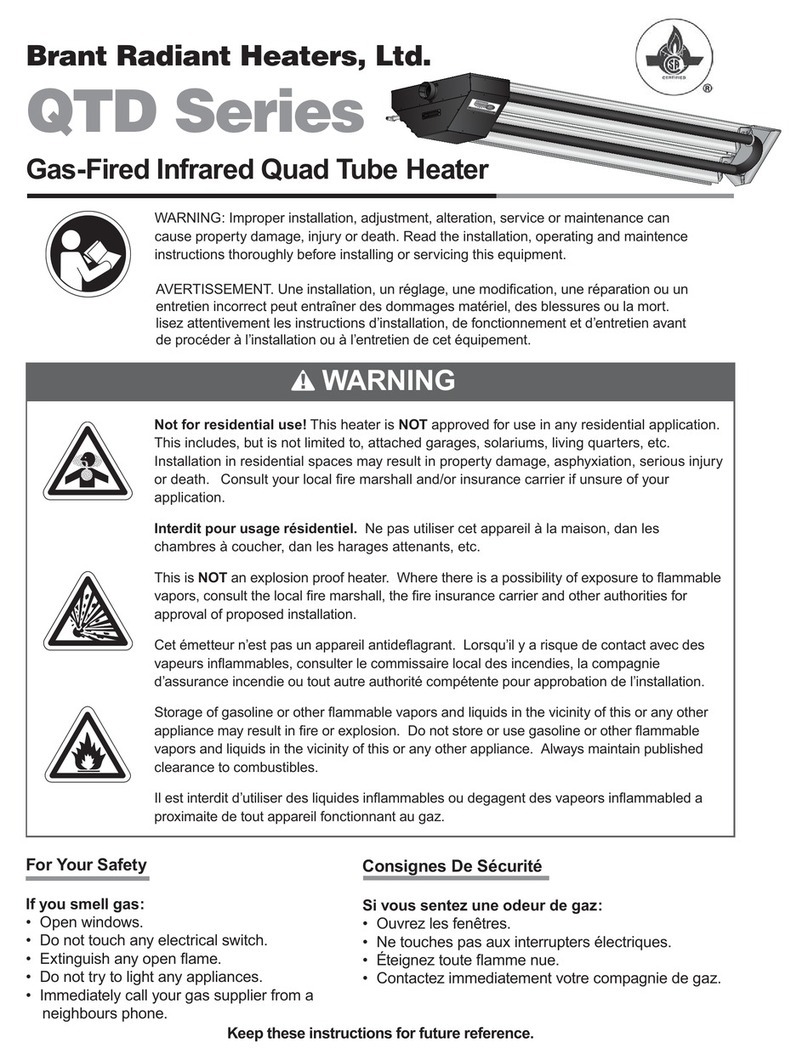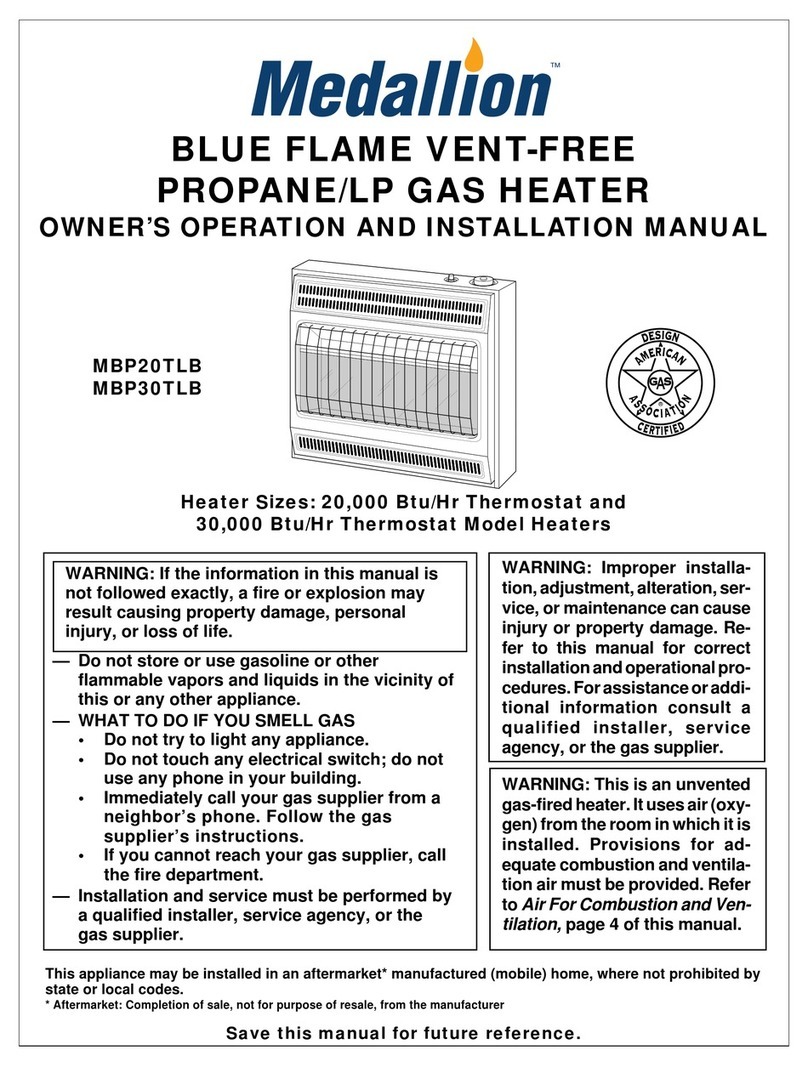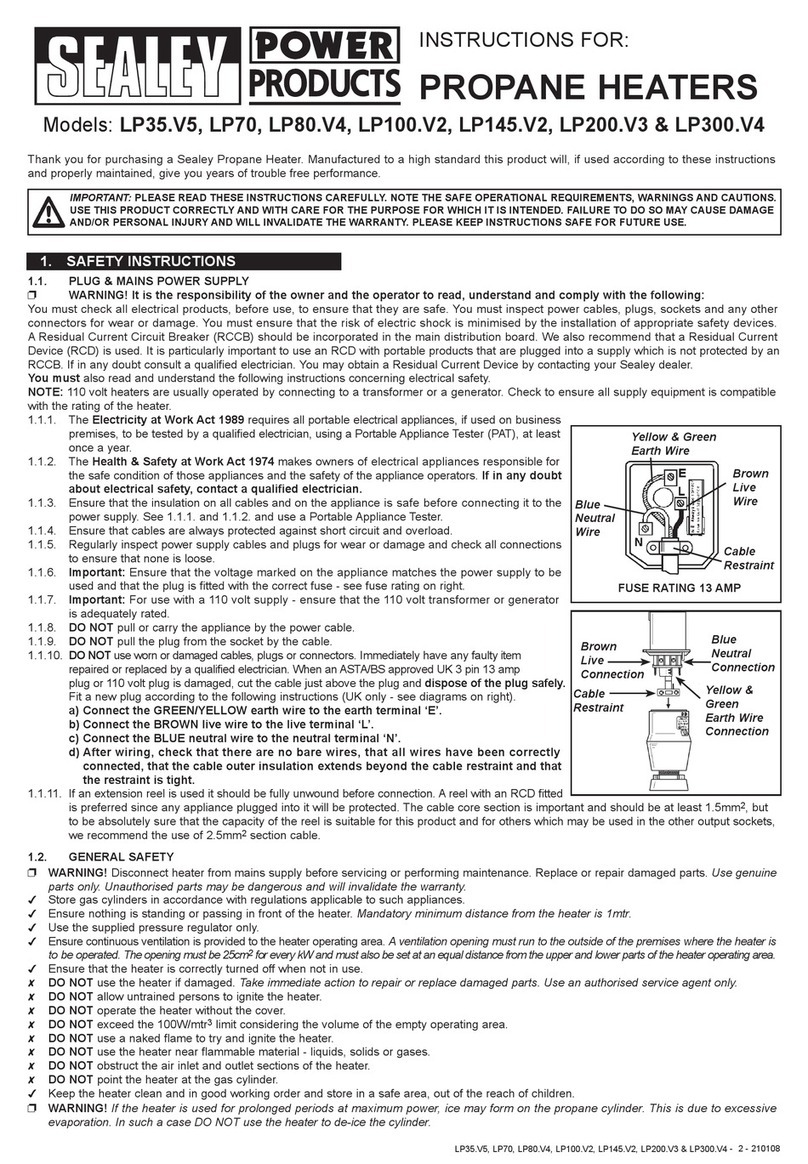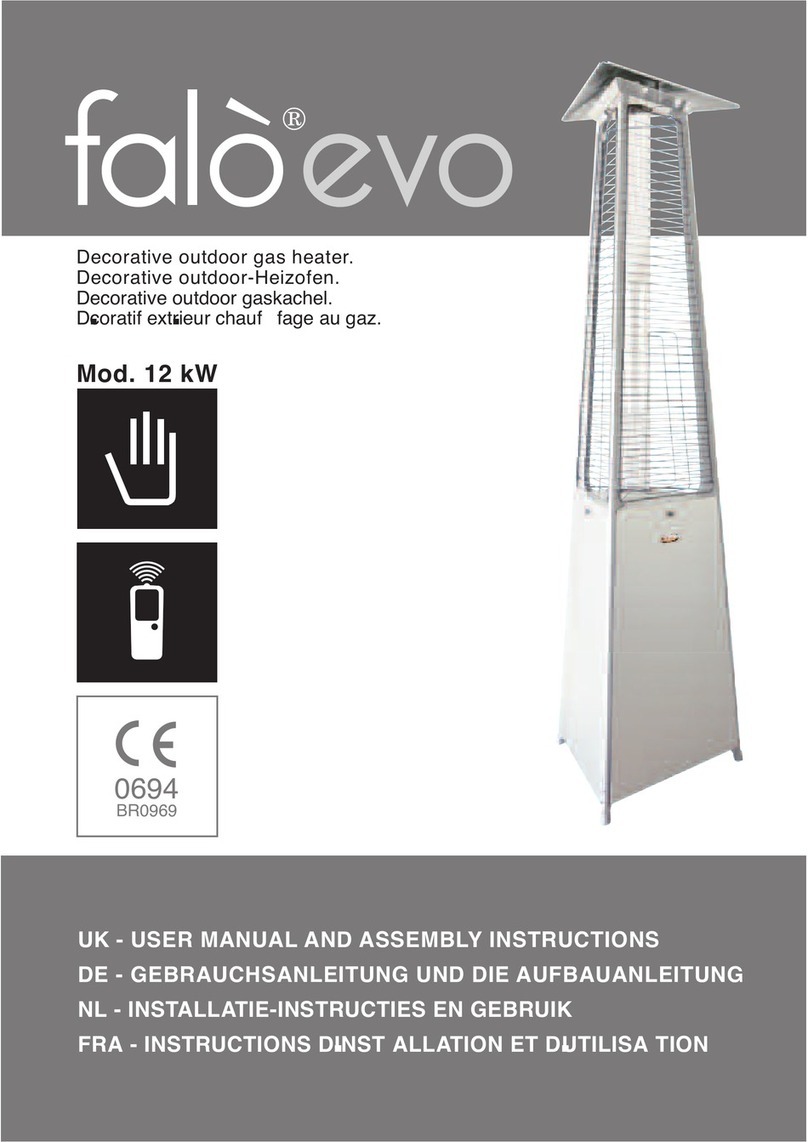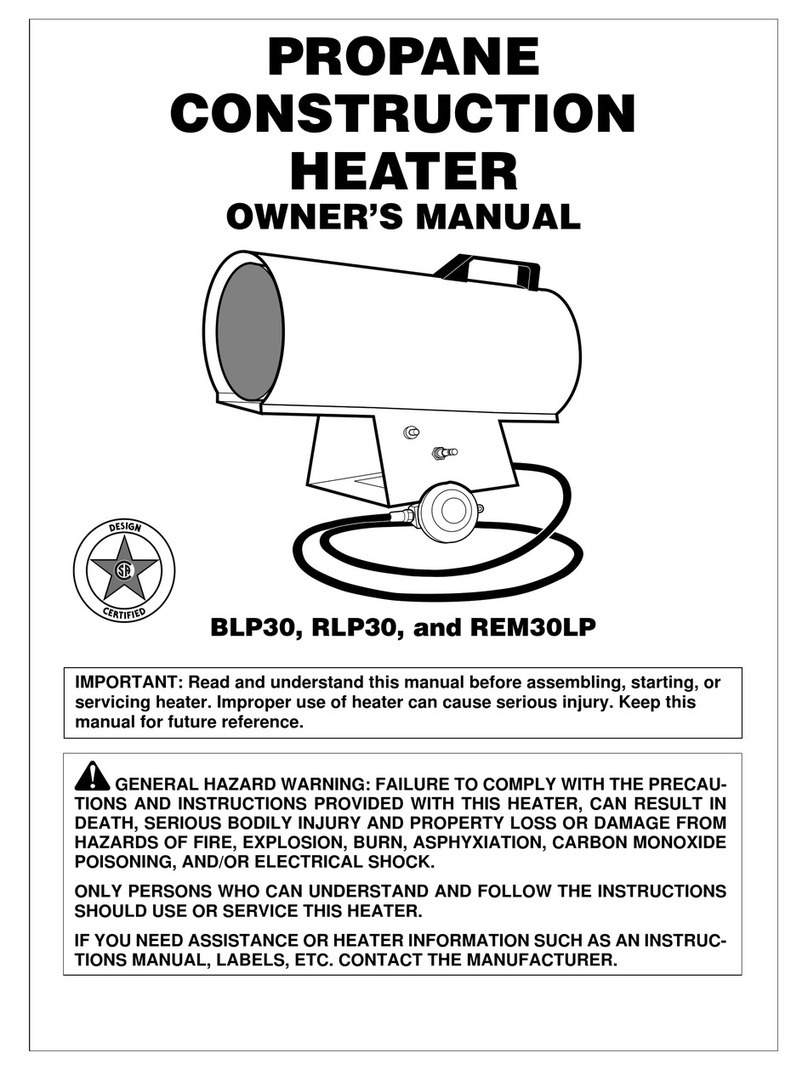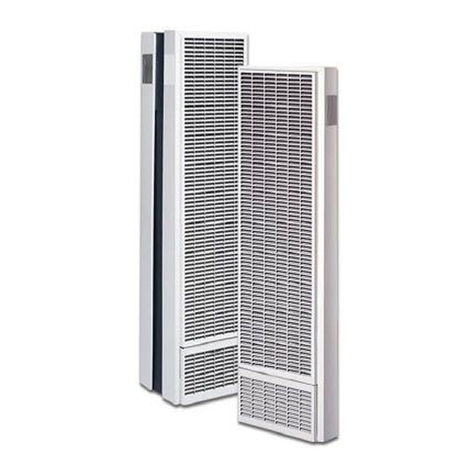Contents
Warnings and name plate details ...............................................................................................................................................3
Product features and safety features ..........................................................................................................................................4
Installation....................................................................................................................................................................................5
Heater installation overview.........................................................................................................................................5
Removing the door assembly.......................................................................................................................................6
Installing the logset ......................................................................................................................................................6
Clearance dimensions...................................................................................................................................................7
False fireplace construction ..........................................................................................................................................7
Vertical chimney flue installation .................................................................................................................................8
Horizontal flue installation ...........................................................................................................................................9
Horizontal flue installation (stump floor)...................................................................................................................10
Installation into a false fireplace................................................................................................................................11
Operating your Eureka Star .......................................................................................................................................................12
Pre-operation checks ..................................................................................................................................................12
Turning the appliance on............................................................................................................................................12
Turning the appliance off............................................................................................................................................12
RF Thermostat ............................................................................................................................................................................13
Features.......................................................................................................................................................................13
LCD display indications...............................................................................................................................................14
Button functions .........................................................................................................................................................15
Initial set up ................................................................................................................................................................16
Programming ..............................................................................................................................................................18
Receiver/Controller......................................................................................................................................................21
Quick reference table..................................................................................................................................................23
Troubleshooting ..........................................................................................................................................................24
Safety precautions and general care.........................................................................................................................................25
Maintenance ..............................................................................................................................................................................26
Removing the fascia panels .......................................................................................................................................26
Removing the fan .......................................................................................................................................................26
Changing the injectors................................................................................................................................................27
Adjusting gas pressure ...............................................................................................................................................27
Removing component tray.........................................................................................................................................28
Troubleshooting..........................................................................................................................................................................29
Wiring diagram ..........................................................................................................................................................................31
Dimensions.................................................................................................................................................................................32
Parts List .....................................................................................................................................................................................33
Warranty details.........................................................................................................................................................................35
Derwent High Efficiency Gas Log Fire
2
